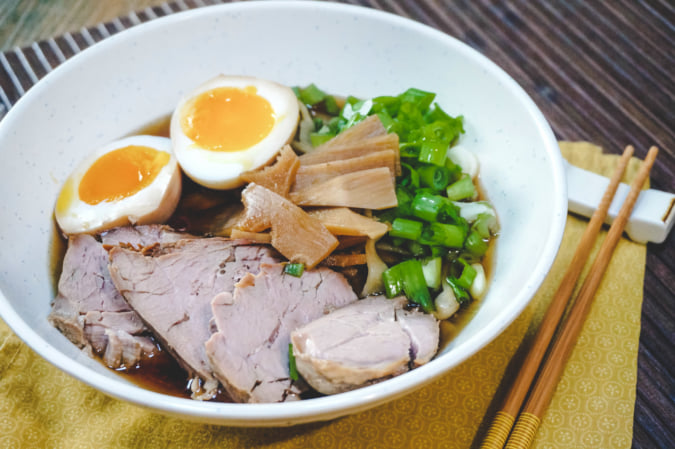Tajika, Four Generations of Scissor-Making Artisans
View this post on Instagram
In the small town of Ono, to the north west of Kobe, Japan, the Tajika family have been perfecting their savoir-faire in the scissor trade for four generations. Takeo and Daisuke Tajika, the father and son duo at the head of this family business, are the creators of these tools, so robust and so beautiful, that they’re in demand the world over.
Takeji Tajika founded their workshop in 1928, during the Showa era (1926 – 1989) and set out to make the highest quality accessories in brass and steel right from the start. His family have since continued his legacy. For the last 90 years, the tools have been handcrafted by the same person, avoiding the division of labour and the use of machines. Each pair of scissors respond to a precise task, whether they be for cutting flowers, paper or food.
The production of a single pair of scissors requires a considerable amount of time, and thus limits the quantity available for sale at any one time. This rarity and quality make Tajika’s scissors the best in the world. The company work in the ‘slow goods’ tradition, a way of envisioning a more respectful consumption of goods with the environment in mind, rather than adhering to the ‘built in obsolescence’ school of manufacturing.
View this post on Instagram
View this post on Instagram
View this post on Instagram
View this post on Instagram
Tajika Haruo Ironworks
131-1 Kamihonmachi, Ono, Hyogo, 675-1379
tajika.takeji-hasami.comTRENDING
-
Ishiuchi Miyako, A Singular Perspective on Women
Recipient of the 2024 Women in Motion Award, the photographer creates intimate portraits of women through the objects they left behind.

-
Recipe for Ichiraku Ramen from ‘Naruto’ by Danielle Baghernejad
Taken from the popular manga with the character of the same name who loves ramen, this dish is named after the hero's favourite restaurant.

-
Namio Harukawa, Master of Japanese SM Art
'Garden of Domina' offers a dive into the world of an icon of ‘oshiri’, whose work has now reached a global audience.

-
The Tattoos that Marked the Criminals of the Edo Period
Traditional tattoos were strong signifiers; murderers had head tattoos, while theft might result in an arm tattoo.

-
The Emperor of Japanese Porn is Now the Star of a Netflix Series
Deliciously funny, The Naked Director especially succeeds in reviving the atmosphere that was so characteristic of 1980s Japan.





